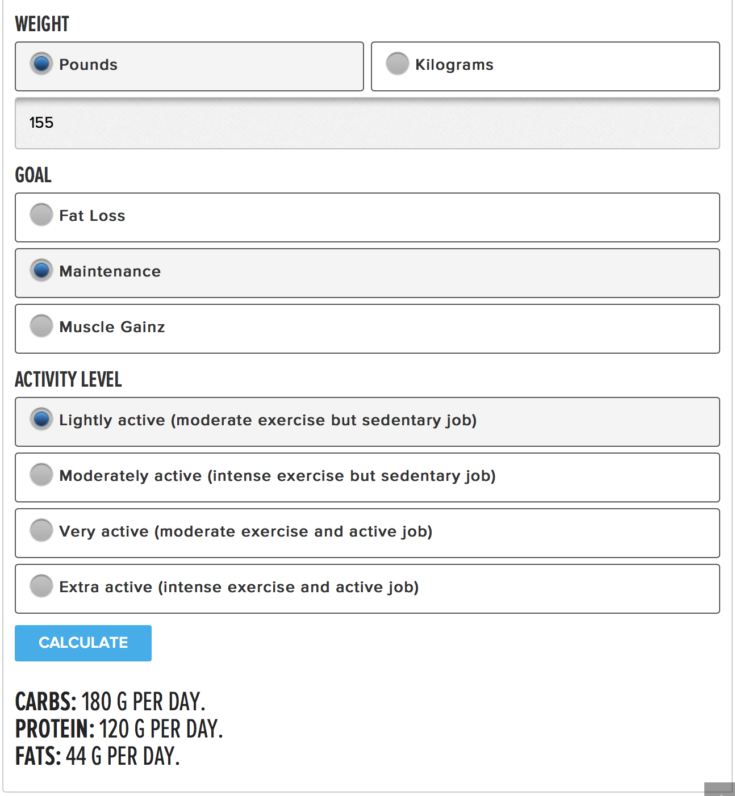

Proteins are key for maintaining and increasing muscle mass. Unlike carbs and fats, proteins are not "stored" in the body, instead they are tissue building blocks, including plasma membranes and internal cellular material. There is no difference in the same amino acid, if it is derived from an animal or vegetable source.ĭietary sources of complete proteins include eggs, milk, meat, fish, and poultry, with eggs providing the optimal mixture of essential amino acids. Please, note that this doesn't mean that non-essential amino acids are not important. The other 12 are non-essential amino acids which means that they can be synthesized from the body itself, given the necessary compounds exist. Essential amino acids are indispensable as they must be ingested through eating food. There are two major types of amino acids: essential and non-essential. Due to this variety, a typical body contains approximately 50,000 different protein-containing compounds. Protein forms from amino acid building-block linkages with peptide bonds joining amino acids in chains, forming many diverse forms and chemical combinations. ProteinsĪ typical adult human body contains 10-12 kg (22 - 26.5 lb) of proteins located mostly within skeletal muscles.

Make sure that you take this into account when using this macronutrients calculator. Carbohydrates are also key for the proper functioning of your nervous system. Carbohydrates also serve as a metabolic primer, facilitating fat burn, particularly in the liver. Including enough carbs in your macro mix is important as they are an important energy source, they preserve tissue proteins during prolonged exercise and repeated bouts of intense training. You should take this into account when calculating your macro diet, and if it is low on carbs, make sure a lot of them include fiber. The recommended daily fiber intake is 38 g for men and 25 g for women up to age 50, and 30 g for men and 21 g for women older than 50. Fiber is found in plant leaves, stems, roots and seeds. Starch is found mostly in bread, cereal, spaghetti and pastries, as well as beans, peas, potatoes. Maltose is found in beer, cereals and germinating seeds.įinally there are polysaccharides which include starch and fiber. Lactose is found naturally in milk and therefore often called "milk sugar". The three macros of this type of nutritional value are sucrose (glucose + fructose), which occurs in beet sugar, cane sugar, brown sugar, bee honey and maple syrup. They also play a role in the synthesis of non-essential amino acids.ĭisaccharides are another type of simple sugar and all of them contain glucose as a principal component. When not used, they are stored as glycogen in the muscle fibers and the liver, or converted to fats for longer-term storage. A major subset are the monosaccharides, which come from fructose and glucose and are used directly by cells for energy. Here is brief information on each of the main macronutrients:Ĭarbohydrates (Carbs) are a building block of all living cells in the human body and most of them are provided from plants - fruits and vegetables. All of them are essential in maintaining a healthy life and good exercise condition, but different diets and different occasions call for different balance between them and our macros calculator is here to help you estimate how much of each you need to consume to follow your diet plan. What is a macronutrient (macro)?Ī macronutrient (macro) is one of three main sources of daily energy supply: carbohydrates, proteins and fats. The macronutrient calculator will display the amount (in ounces or grams) and caloric equivalent of the carbs, proteins and fats (lipids) you need to eat per day. Finally, select your chosen diet from the drop down. To calculate your calorie needs, you need to enter your age, gender, height, weight and activity level which includes exercise and other physical activity. You can check our list of macronutrients in common diets below for reference. This macro calculator estimates your total daily energy expenditure (TDEE) and then splits the different types of macronutrients according to your chosen dietary regime. * 1 Calorie equals 1 kcal which equals 1,000 calories. Weight loss by controlling macronutrient intake.


 0 kommentar(er)
0 kommentar(er)
